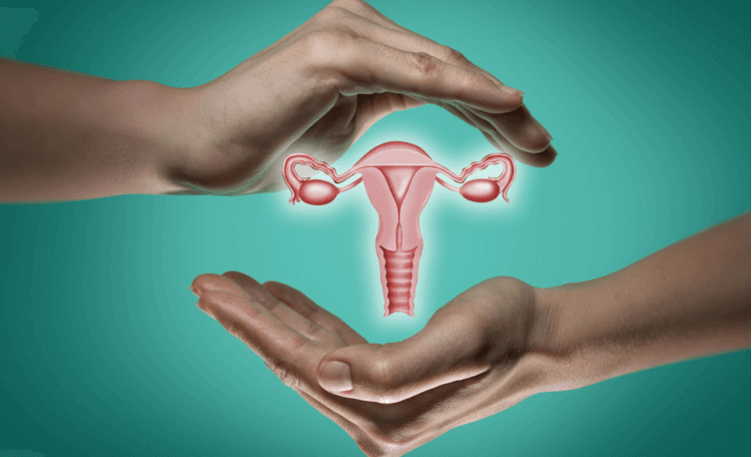Vaginal prolapse and hysterectomy are two medical issues that often co-occur in women seeking gynecological care after having undergone hysterectomy surgery, often manifesting itself in symptoms, warning signs and their interrelationship. We will explore this subject further by exploring their signs, symptoms and warning signs as well as understanding this relationship which is critical in keeping women well.
Understanding Vaginal Prolapse
Vaginal prolapse, also referred to as pelvic organ prolapse, occurs when pelvic organs such as the uterus, bladder or rectum protrude through weak or damaged pelvic floor muscles and ligaments into the vaginal canal due to weak or torn supporting structures – often associated with childbirth, aging, hormonal changes, obesity or chronic coughing. Childbirth is usually the main contributory factor; other potential culprits could include age, obesity and prolonged coughing episodes.
Hysterectomy
Hysterectomy involves surgically extracting all or parts of the reproductive system – including the uterus – for various reasons such as treating fibroids, endometriosis or cancer of the reproductive tract. This approach has often proved successful and acceptable as an approach.
Vaginal Prolapse After Hysterectomy
One significant aspect of the connection between vaginal prolapse and hysterectomy is its potential to worsen vaginal prolapse. This happens as the removal of the uterus can weaken pelvic support structures, increasing the chances that other pelvic organs might descend into the vaginal canal.
Signs To Watch Out For
One of the early telltale signs of vaginal prolapse is the feeling of fullness or pressure in the vaginal area; women have even reported it as “something coming out.”
Pelvic Discomfort Or Pain: Women may experience pelvic discomfort or even pain when standing, lifting heavy objects, or engaging in sexual intercourse. This discomfort or pain could arise during standing, lifting, or sexual interplay and may require medical intervention for relief.
Urinary Symptoms: Vaginal prolapse can alter the position of the bladder, leading to urinary issues like increased frequency, urgency and incontinence.
Bowel Problems: Prolapse may also impact rectum function resulting in symptoms like constipation or difficulty with bowel movements.
Backache Or Lower Abdominal Pain: Women may report experiencing persistent backache or lower abdominal pain due to changes in pelvic anatomy.
Difficulties Inserting Tampons Or Menstrual Cups: As their vaginal anatomy evolves, women may find it more challenging to insert tampons or menstrual cups correctly.
Prevention And Management
Lifestyle modifications, such as maintaining a healthy weight and limiting heavy lifting, as well as engaging in Kegel exercises to strengthen pelvic floor muscles can be effective ways of preventing or lessening vaginal prolapse. If a prolapse already exists or has progressed since hysterectomy surgery has taken place, surgical intervention may be required.
Conclusion
Women’s health should never be overlooked and vaginal prolapse and hysterectomy must not be ignored. Recognizing signs and symptoms associated with these conditions is key for early diagnosis and management; https://www.petermlotzemd.com offers compassionate care and effective solutions for women experiencing these issues, helping them regain comfort and quality of life. If you or anyone you know are experiencing vaginal prolapse symptoms it’s essential to seek professional medical advice immediately – early intervention could make an enormous difference to overall well-being.
Tags: General